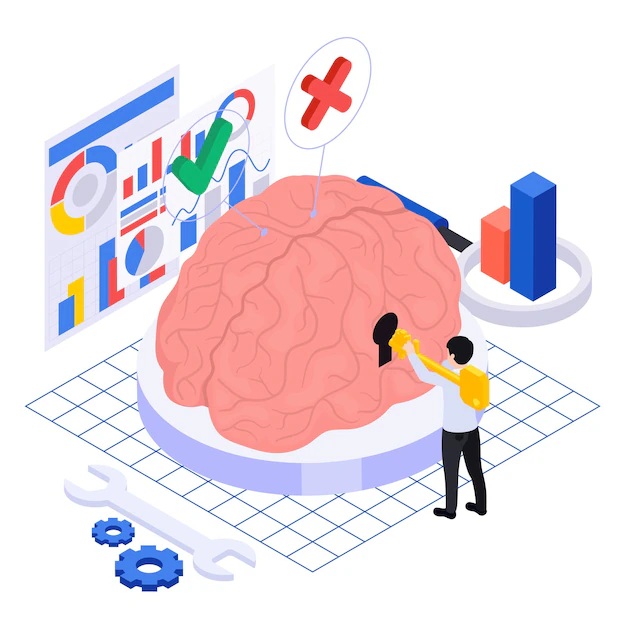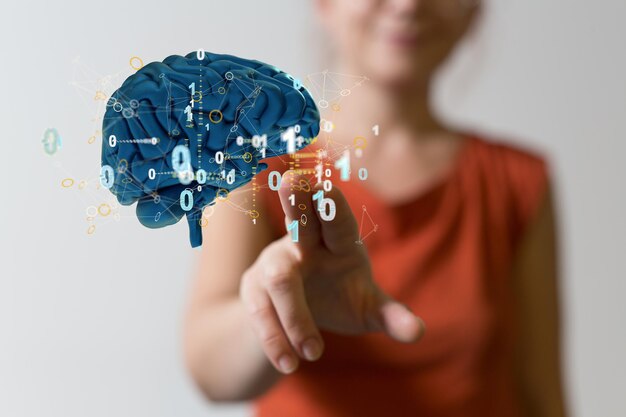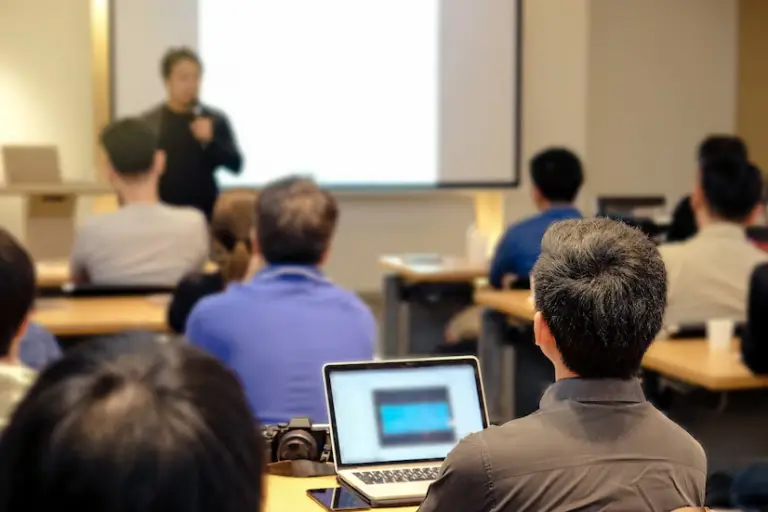Nurturing Curiosity and Insight: NSLC’s Psychology and Neuroscience Program

The National Student Leadership Conference (NSLC) is renowned for its commitment to empowering high school students through immersive educational experiences. Among its diverse array of programs lies the captivating domain of Psychology and Neuroscience, aimed at igniting curiosity and exploration within the intricate realms of the human mind and brain.
Page Contents
Exploring the NSLC Psychology and Neuroscience Program
The NSLC’s Psychology and Neuroscience program offers an in-depth educational journey crafted to introduce young minds to the fascinating intersections between psychology and neuroscience. It aims to provide participants with a comprehensive understanding of these fields through a combination of theoretical learning, practical applications, and engaging discussions led by industry experts and educators passionate about these disciplines.
Program Components:
Here’s an illustrative breakdown of the program components, exemplified through a table highlighting key areas and an example scenario:
| Program Component | Focus | Example Scenario |
|---|---|---|
| Introduction to Psychology and Neuroscience | Basics of brain structure, cognition, and behavior | Lectures and discussions on brain regions and their functions |
| Neuroimaging Techniques and Practical Sessions | Hands-on experience with fMRI and EEG | Simulated fMRI activity demonstrating brain imaging techniques |
| Cognitive Processes Exploration | Understanding memory, perception, and decision-making | Group activities illustrating memory formation processes |
| Psychopathology and Mental Health Study | Insights into mental health disorders and brain mechanisms | Case study analysis of schizophrenia and its neural correlates |
| Ethical Considerations and Future Directions | Discussions on ethical implications and career prospects | Debates on ethical issues in neuroscience research |
Example Scenario: Exploring Neuroimaging Techniques
In one session led by Dr. Hernandez, a neuroscientist, participants engage in a practical demonstration of neuroimaging techniques. The class begins with an introduction to functional Magnetic Resonance Imaging (fMRI) and Electroencephalography (EEG). Dr. Hernandez explains the principles behind these techniques and their applications in studying brain activity.
The students then participate in a hands-on simulation where they operate a simplified fMRI scanner interface. Using this simulation, they learn how fMRI generates images of brain activity by measuring blood flow changes in response to specific tasks or stimuli. Through this exercise, students gain a practical understanding of how neuroimaging aids in studying cognitive processes and identifying brain regions involved in different tasks.
Impact and Takeaways:
The NSLC Psychology and Neuroscience program aims to leave a lasting impact on students, fostering a deeper appreciation for the intricacies of the human brain and behavior. Participants not only gain theoretical knowledge but also develop critical thinking skills, ethical awareness, and a passion for interdisciplinary scientific inquiry.
Conclusion:
NSLC’s Psychology and Neuroscience program stands as an enlightening platform for young scholars to immerse themselves in the captivating worlds of psychology and neuroscience. By blending theoretical learning with hands-on experiences, the program strives to inspire and equip students with the tools to become future leaders and innovators in these dynamic fields.
Please note that the details provided in this article, including the table and example scenario, are hypothetical and intended to illustrate the components and potential experiences within a program blending psychology and neuroscience for high school students.







